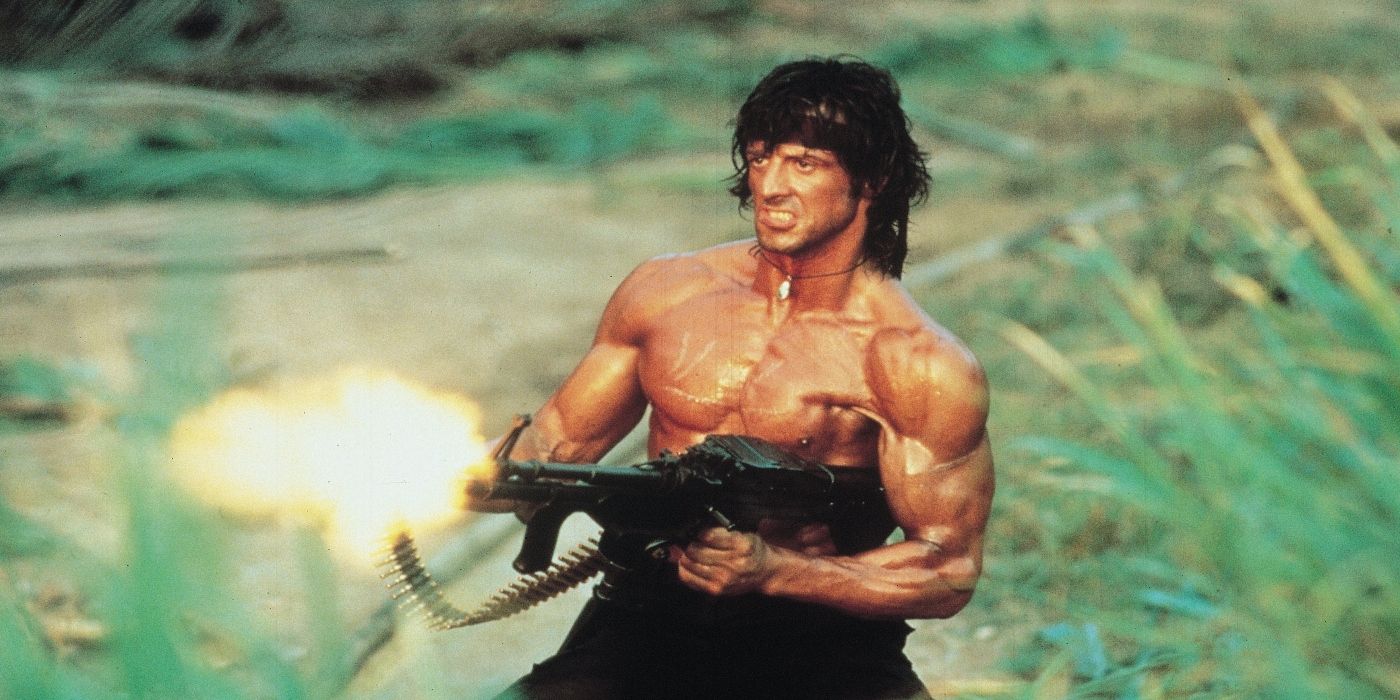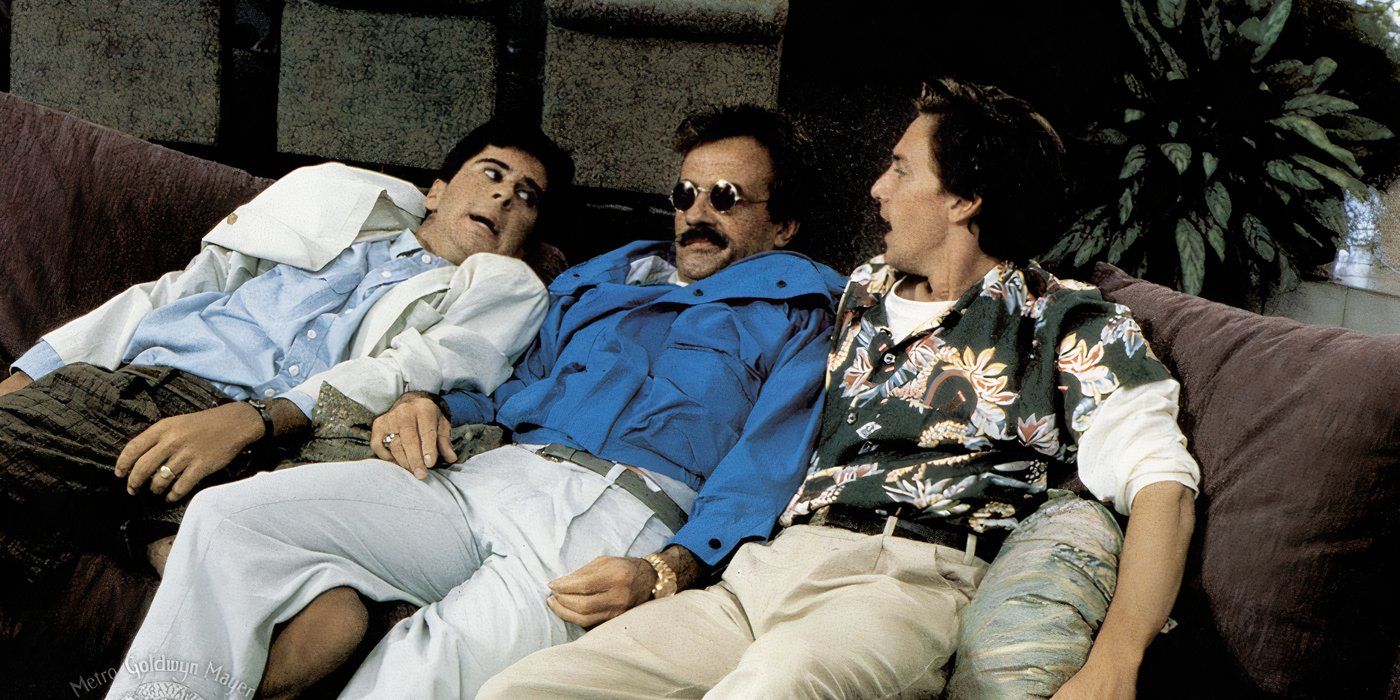The 1980s were a very important decade in cinematic history, as it officially seemed to launch the “blockbuster era” that had begun a few years prior thanks to the success of Star Wars: Episode IV- A New Hope and Jaws. The 1980s saw the dominance of many popular franchises, as well as the rise of many acclaimed Saturday Night Live stars who made their transition to appearing in films.
However, while several all-time classics came out during the decade, from Do the Right Thing to Die Hard, and have stood the test of time, there’s also a good deal of ‘80s films that simply don’t hold up. Sometimes, it can be fun to look back at a lower-quality movie, and the ‘80s had a wealth of options for fans of genre cinema to choose from. These are the most rewatchable bad ’80s movies, ranked by how entertaining and inviting they are despite their admitted shortcomings.
10 ‘A View To A Kill’ (1985)
Directed by John Glen
A View To A Kill was the last James Bond film that Roger Moore starred in, and it reached a level of campiness that was unprecedented within the saga’s history. While Moore’s films tended to be a lot sillier than those starring Sean Connery, A View To A Kill basically turned the franchise into a cartoon, with Bond going on an American adventure to stop a cracked supervillain from destroying Silicon Valley.
The most hilariously entertaining aspect of A View To A Kill is the performance by Christopher Walken, who was cast as the former Nazi experiment-turned supervillain known as Max Zorin. In a role that had originally been written for David Bowie, Walken created what was most certainly the weirdest, if not necessarily the most intimidating, Bond villain of all time. Yet, there’s a genuinely engaging quality to his work that makes A View to a Kill entertaining and more than worthy of a few revisits.
9 ‘Superman III’ (1983)
Directed by Richard Lester
Superman III is an interesting film within the Superman franchise. It lacked the dramatic integrity of both Superman: The Movie and Superman II, but it certainly didn’t become a complete embarrassment to the character in the same way that Superman IV: The Quest for Peace did.
Superman III has some interesting ideas, including the notion of Kal-El’s essence being split into two different people. Christopher Reeve is just as committed to the performance as one would expect, and a side appearance by the comedic legend Richard Pryor makes the film far funnier than it would have been without his involvement. When compared to the dour, depressing direction that the Superman franchise has taken under Zack Snyder, it is just refreshing to see a light-hearted, earnest version of the character who helps people purely out of the goodness of his heart.
8 ‘Ghostbusters II’ (1989)
Directed by Ivan Reitman
Ghostbusters II was faced with some of the greatest expectations out of any 1980s blockbuster, as the original film from 1984 had proven to be one of the biggest popular culture hits of the decade. While it lacks the sense of originality that had made Ivan Reitman’s 1984 classic so beloved, Ghostbusters II still features enough fun new ghost characters and great chemistry between the actors to be relatively entertaining.
Ghostbusters II is ironically about the original team trying to live up to their past success, so it’s easy to see how it works as a meta-commentary. When ranking the Ghostbusters films,Ghostbusters II is still more entertaining than the botched 2016 reboot Ghostbusters: Answer the Call and the forgettable sequel Ghostbusters: Frozen Empire, both of which put more emphasis on spectacle than committing to the unique nature of the characters and their profession.
7 ‘8 Million Ways To Die’ (1986)
Directed by Hal Ashby
8 Million Ways To Die was a complete nightmare behind the scenes, as feuds between director Hal Ashby, screenwriter Robert Towne, and Tri-Star Pictures led to a situation in which the film’s tone and story were changing on a nearly daily basis. Although it was originally intended to be a straightforward neo-noir thriller, Ashby seemed interested in transforming 8 Million Ways To Die into a peculiar “hangout comedy.”
Beautifully shot and professionally produced, 8 Million Ways To Die captures the essence of Los Angeles at the height of its popular culture dominance in the 1980s. The film also rests on the back of Jeff Bridges, whose performance as a troubled sleuth is so charismatic that it is very easy to look over some of the film’s minor plot holes and contrivances, as they never detract from the character arcs.
6 ‘Raw Deal’ (1986)
Directed by John Irvin
Raw Deal was another star vehicle for Arnold Schwarzenegger, who had been on a hot streak in the action genre thanks to successes like Conan the Barbarian and The Terminator. Raw Deal certainly wasn’t as well-written as any of his more well-regarded films, though, as the vigilante storyline has been done better by other contemporary films.
Raw Deal still features Schwarzenegger at his most charismatic and gets a little bit darker than some of his previous films. While it was never going to top the action of Commando or the inventive science fiction worldbuilding of The Terminator, Raw Deal has a more grizzled version of Schwarzenegger taking on members of the mafia, which is itself worthy of the price of admission. John Irvin was a filmmaker not given enough credit for his ability to make relatively competent “B-movies.”
5 ‘UHF’ (1989)
Directed by Jay Levey
UHF is a true product of its time, as it was released during an era in which “Weird Al” Yankovic’s parody songs had made their way into mainstream culture. Featuring some impressive original music (which was combined into a hit original soundtrack of the same name), it revolves around rival radio stations trying to outdo one another.
The plot of UHF would now feel completely incomprehensible to younger film fans, as it makes references to technology that no longer exists. While the film’s assumptions about the way that the entertainment industry will evolve have certainly not aged very well in the slightest, Yankovic is so perfectly cast as an underdog trying to fight the system that UHF does have some value as a guilty pleasure. It’s made even more unique considering how few films Yankovic was actually involved in.
4 ‘Howard the Duck’ (1986)
Directed by Willard Huyck
Howard the Duck remains one of the most influential comic book films of all time, for better or worse. It was George Lucas’ idea to bring to life one of Marvel Comics’ most beloved characters in a big-screen adventure. However, Howard the Duck became a serious box office bomb that both put the future of Lucasfilm as a company in jeopardy and soiled the notion that Marvel films could be successful until the release of Blade over a decade later.
Indeed, Howard the Duck has no idea what it wanted to be. There are a lot of childish slapstick jokes and comical car chases, but there’s also some rather lewd humor intended for older viewers. The film suffers from an identity crisis, trying to have its cake and eat it, too. Still, Howard the Duck is worth rewatching simply because of what an anomaly it is, as it’s hard to imagine anything even remotely similar being created today.
3 ‘Flashdance’ (1983)
Directed by Adrien Lyne
Flashdance is a great example of when “iconic” doesn’t mean “good,” as the film’s financial success and influence on subsequent dance movies turned it into a mainstream hit. Flashdance is, unfortunately, quite shallow on a character level, especially since Adrien Lyne has proven himself capable of writing more than just a straightforward “rise and fall” story about the American dream in his better films.
Flashdance is still entertaining because of its amazing music and dance scenes, which work in isolation from the rest of the plot. Almost every bit of dialogue is cringe-inducing in one way or another, but viewers will not want to turn off the audio when rewatching, as they may miss some sections of the terrific original soundtrack. Dance movies certainly peaked in the 1980s, and while Flashdance is not one of the best, it’s certainly the most iconic.
2 ‘Rambo: First Blood Part II’ (1985)
Directed by George P. Cosmatos
Rambo: First Blood Part II completely ignores everything that its predecessor stood for. While the original First Blood was a dark character study about how the traumatized veteran John Rambo (Sylvester Stallone) was struck with post-traumatic stress disorder and forced to fight against corrupt cops, Rambo: First Blood Part II essentially turned him into a superhero who serves the American government, and was made to appeal to younger audiences.
There’s some political murkiness to Rambo: First Blood Part II, as seeing the character turning into a jingoistic patriot is quite strange. Nonetheless, the film is so well-crafted as an action epic that it is hard not to get swept away by the spectacle of it all. Stallone isn’t always praised for his acting talents, but he certainly looks believable when he is heading into enemy territory with his guns blazing.
1 ‘Weekend at Bernie’s’ (1989)
Directed by Ted Kotcheff
Weekend at Bernie’s has one of the most genuinely mean-spirited premises of any 1980s comedy. Its plot’s puzzling take makes it all the more unusual that it was positioned as a star vehicle for Andrew McCarthy, the popular “Brat Pack” star who had proven to be a heartthrob in Pretty in Pink and St. Elmo’s Fire. The joy of watching Weekend at Bernie’s is seeing director Ted Kotcheff trying to combine frat boy humor with genuine dark comedy, and the two sensibilities rarely produce something pleasant.
It’s surprising to see a mainstream comedy that is genuinely this depraved, and
Weekend at Bernie’s
at least deserves credit for pushing the line of good taste.
It’s surprising to see a mainstream comedy that is genuinely this depraved, and Weekend at Bernie’s at least deserves credit for pushing the line of good taste. It’s rewatchable in the same way a particularly ghastly piece of art is alluring: there’s a morbid element at play, and one really does want to see if it truly lives up to its legacy. With all that being said, it is best if the genuinely unwatchable sequel Weekend at Bernie’s II was forgotten entirely, as it has no redeeming values whatsoever and is not worthy of being rewatched.
Source link
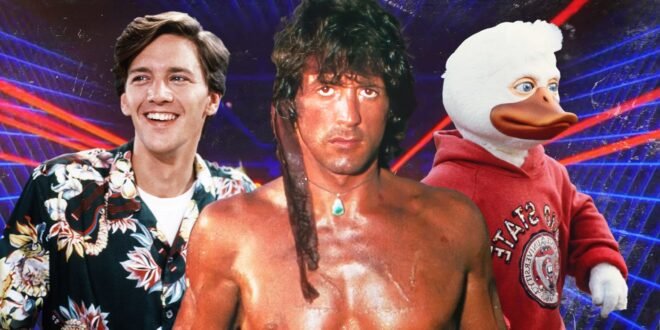
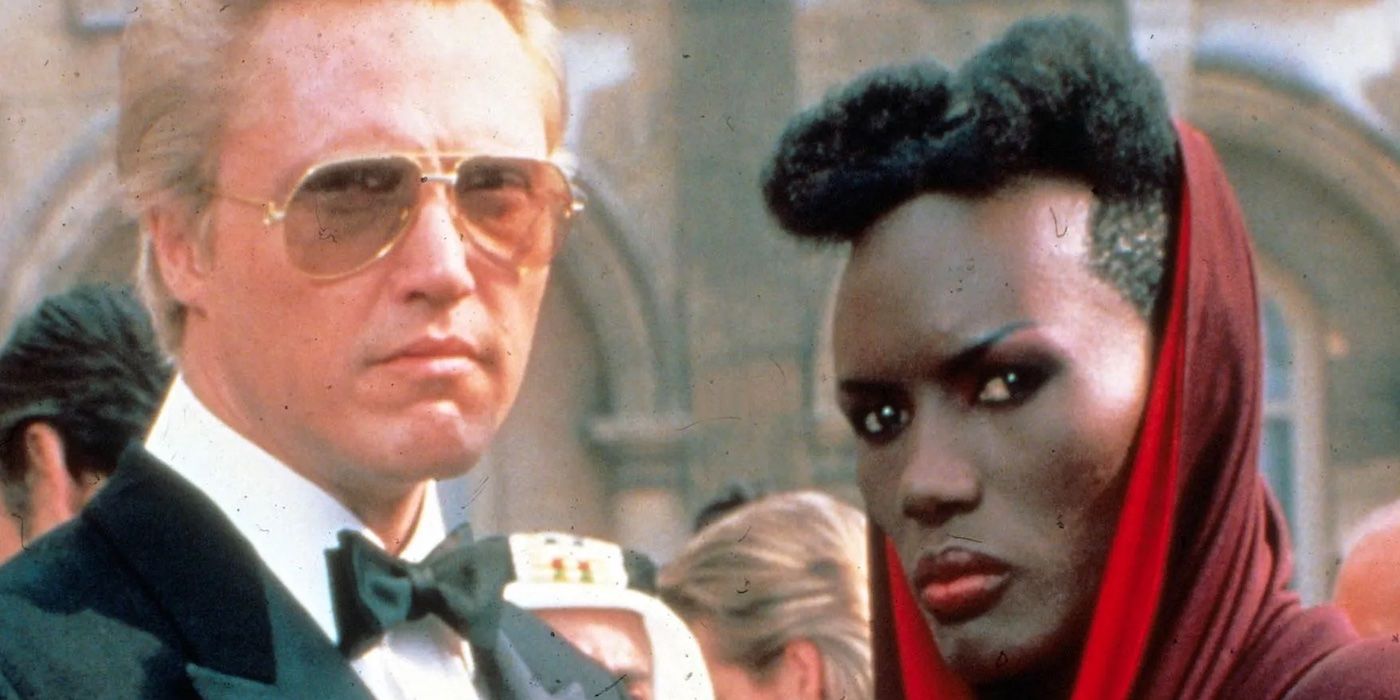
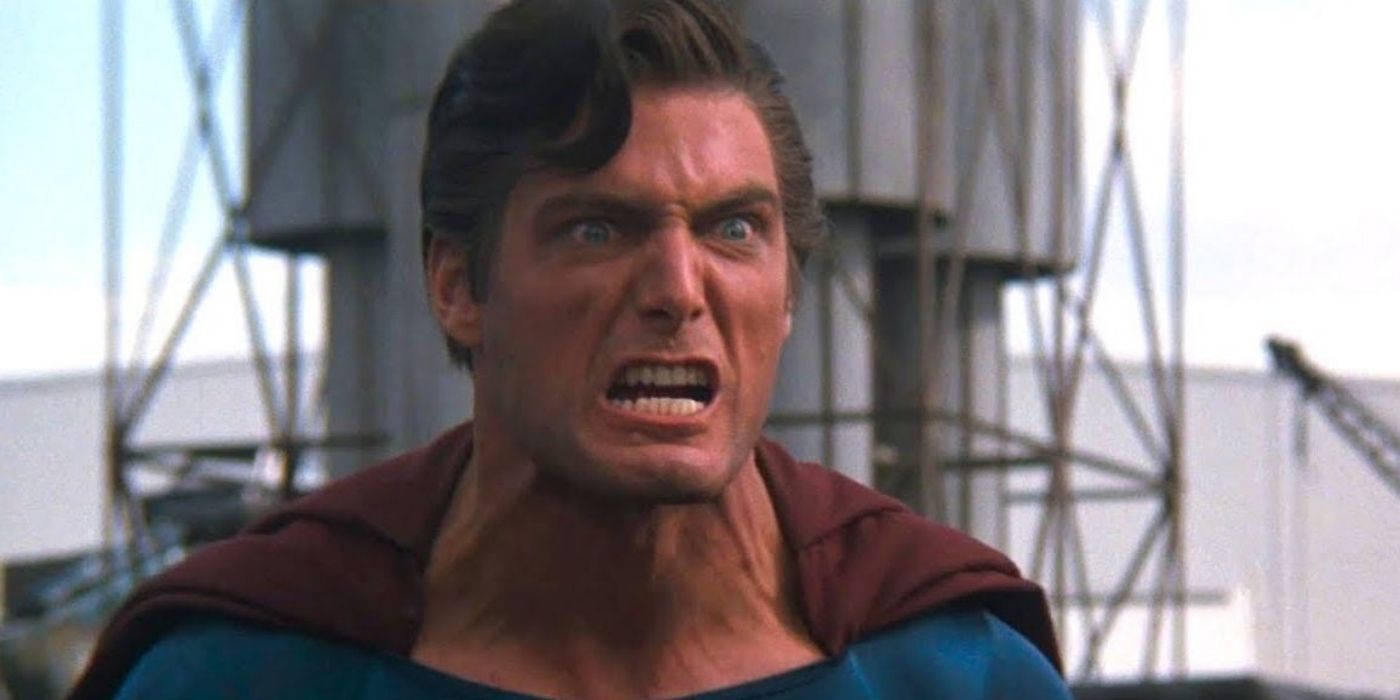
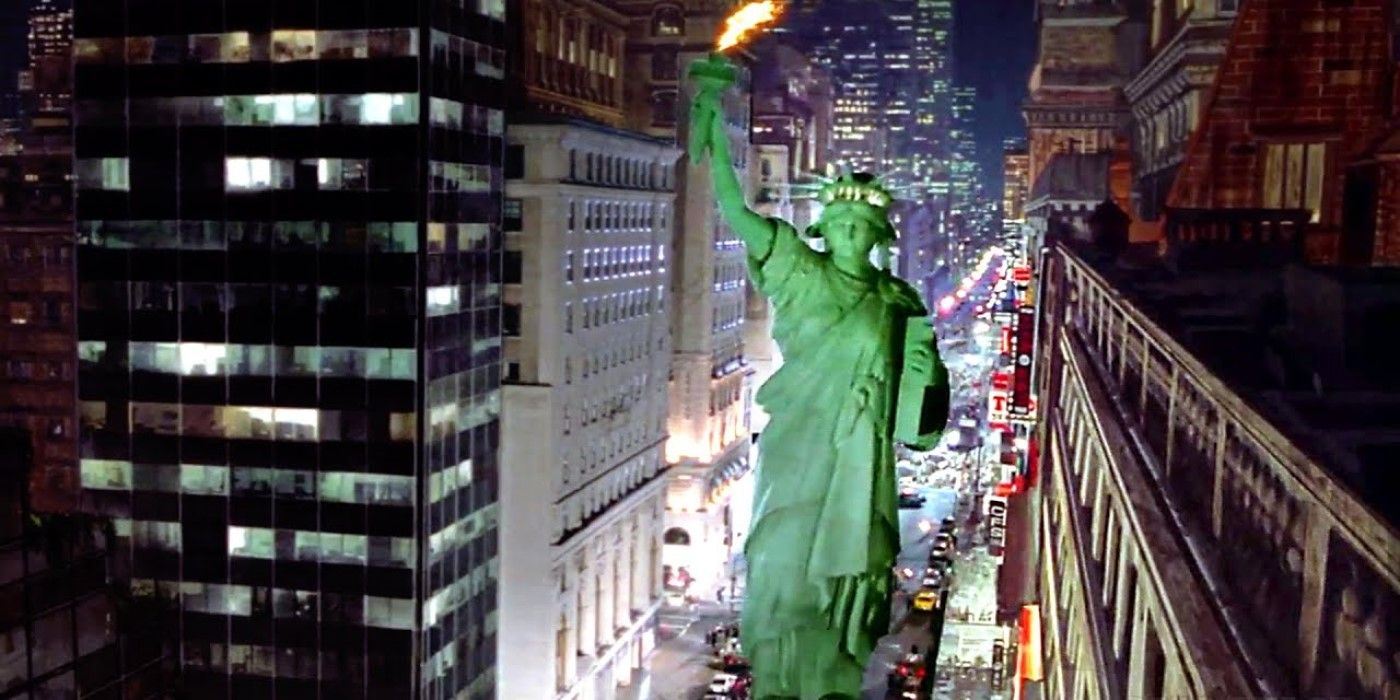
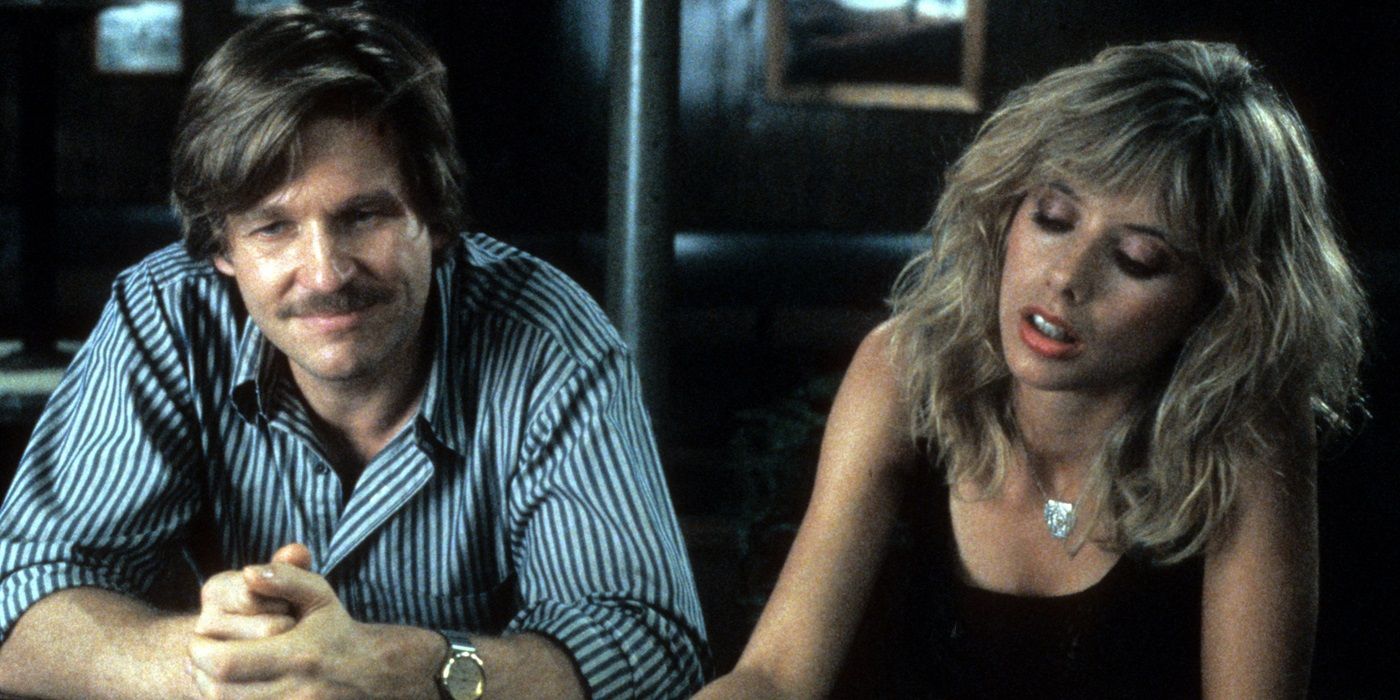
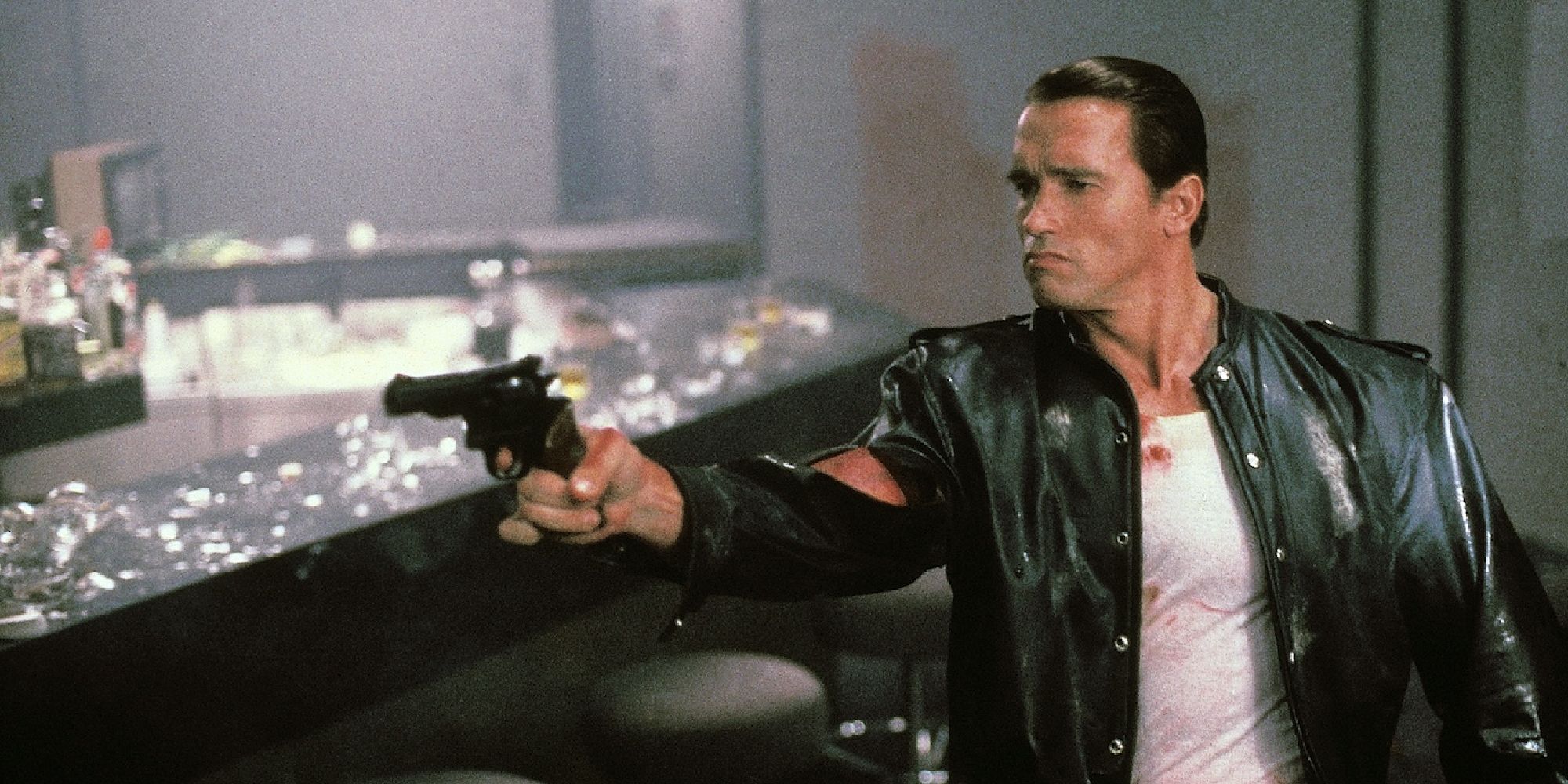
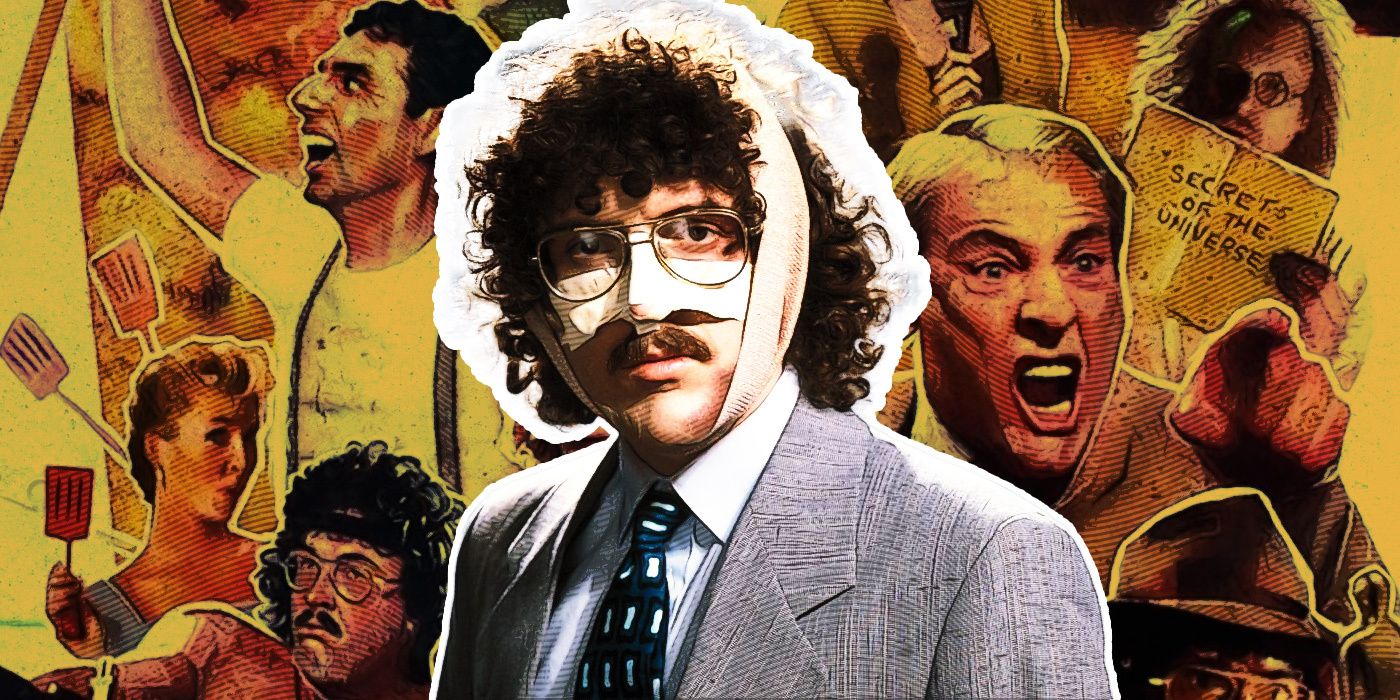
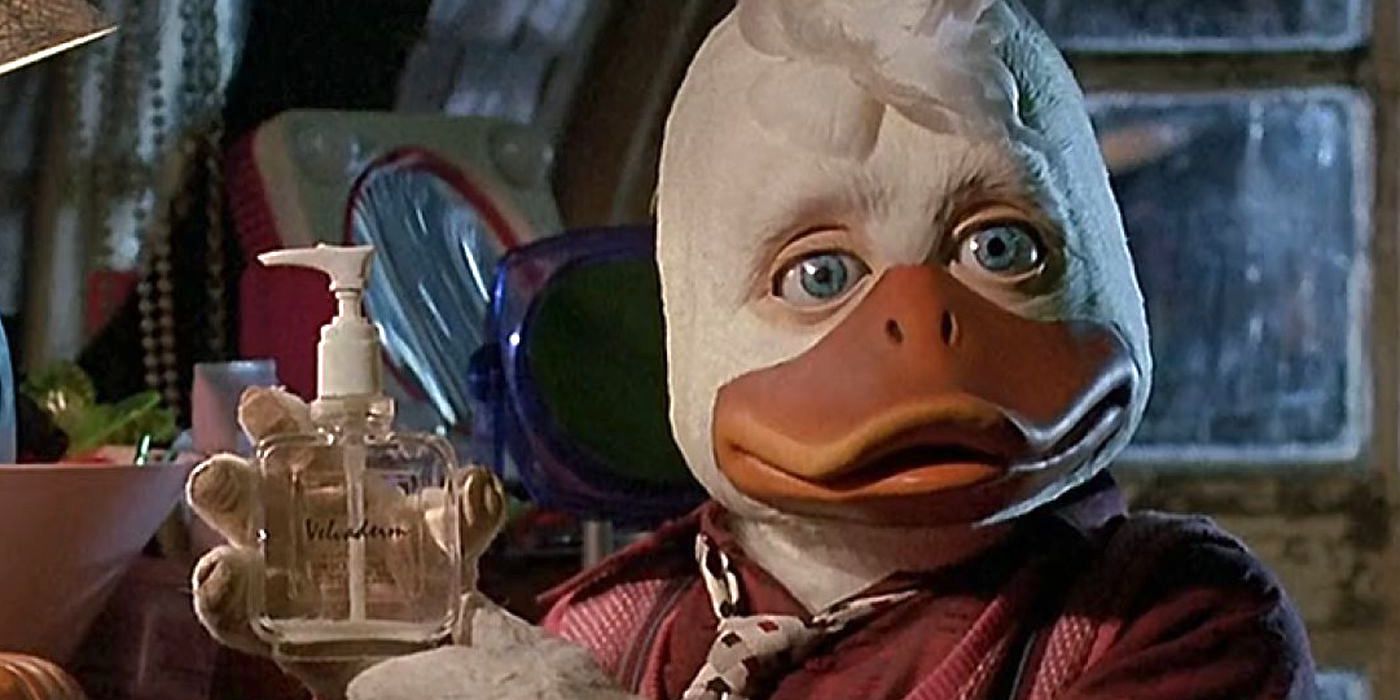
.jpg)
